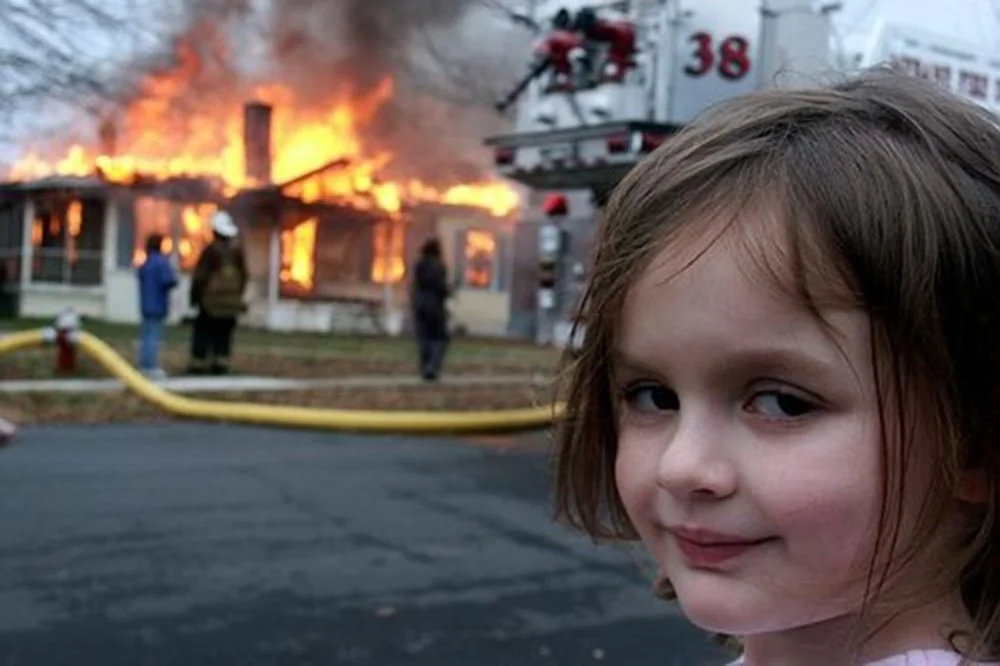Tips for Live-streaming: lessons learned in 2 months
Clearly, after a whole 2 months, I’m an expert.
I’ve had a lot of people ask me about it though so I thought I’d write it all down in a central location. The fact that it’s here on my personal website where I shamelessly (… ok I’m an Aussie, it’s a little shameful) self-promote is entirely beside the point.
It is a truth universally acknowledged that one can NEVER obtain a decent, non-awkward screenshot of a video…. Ugh.
Lesson #1: No matter how confident you feel, prepare at least a little bit.
I’ve made mistakes so you don’t have to. Write down a plan. Please. It can be dot points. It can be in Morse code or wingdings. I don’t care - write down where you want to start and end. That way your stream has a vague story.
Lesson #2: Be flexible
I know, I know. I literally just said “have a plan”. But it’s better to have a plan than to not have one and consequently have nothing to throw out the window. Live streams are super interesting forms of engagement because you’re constantly getting feedback. It’s not like a live show where the feedback is largely silent and in body-language, but you actually get written feedback from your viewers. You get questions from them. You go on weird tangents about bananas and dragons (not joking). It’s important you can go with the flow and take your viewers where they want to go.
Lesson #3: Learn to recognise your viewers.
This one, in my case, was a challenge. We decided to stream to Facebook because that’s where the majority of our audience was (it’s apparently where all the millennials with kids hang out). But it meant that for every viewer or comment-er, there could be five children watching. I made a conscious effort to go back through the comments and figure out who belonged to who so I could interact with them all by name. It was a whole lot more work for me and definitely contributed to my high levels of insanity but it was worth it.
Lesson #4: Audio-Visual gear is important… to a point…
I have mixed feelings about this. For one thing, equipment can be a real barrier to talented presenters because it’s expensive. I’ve often made excuses about going back to my languishing YouTube channel on the grounds that “I don’t have a good enough camera”.
When you’re entertaining kids, your camera gear is the most unimportant thing in the world. As long as it’s not pixelated into oblivion, and they can understand what you’re saying, they don’t care.
What they do care about is you.
Are you trying too hard? Are you funny? Are you talking about interesting things? Are you obviously being you? Do you care about them? These are the things I’ve found matter most. When I won the Flame Challenge a few years ago, I very definitely didn’t have the best quality video (I filmed it on my iPhone. It was a super old iPhone) but they chose me anyway.
Be yourself! It’s a cliche, and easier said than done, but when it comes to making content for kids it’s the most important thing to remember.
Lesson #5: Audio-Visual gear is important… because there are adults watching…
I represent Science Space.
Sure I was live-streaming from my bedroom, kitchen or lounge room but I was still being a professional representing a professional organisation. When we decided to test the idea of running live streams, I basically stuck my laptop on a stool, sat on a chair and pressed “live”. This was fine for a while but if you look at the first couple of streams and then the last few, there’s a BIG difference in how they feel.
The first few have this awkward five minutes at the beginning where I’m sitting in my chair waiting for people to join in. But then I discovered the joy that is OBS.
OBS is a free streaming software that allows you to create “scenes”. This meant we could start the stream five minutes earlier with some music and a title image. It allowed our audience to find us and be there when we started. Game changer.
We also have a really talented digital artist on staff who turned our brand elements into adorable little characters that tied all of our streams together. 10/10, would recommend talented artists on staff.
Lesson #6: CHECK YOUR SOUND LEVELS.
Oh my goodness. This is key. I actually find it REALLY hard to go back and re-watch the stream I got to do with Professor Alan Duffy. It was awesome and he’s SO interesting and fun to talk to and it was GREAT but he’s just so quiet. And that was my fault.
I figured because I could hear him fine, everyone on stream would be able to.
I was wrong.
It’s such a shame but I definitely learned from it. The next interview with Dr Helen Maynard-Casely was MUCH easier to hear. Thing is though, when you’ve got awesome people giving up their time to help you out for free, you want to give them the best experience ever. Ah well - it can’t be helped now. Just learn from my mistakes and for goodness sake run a test stream!
Lesson #7: No matter what, kids are awesome.
Seriously. They rule. We are nothing in comparison. I had a stream where literally every single one of my demonstrations went wrong and my viewers were SO on board and encouraging. When do we lose that?
They’re just the best and if any of you are reading this; thank you for making my pandemic lock-down experience an absolute JOY.





